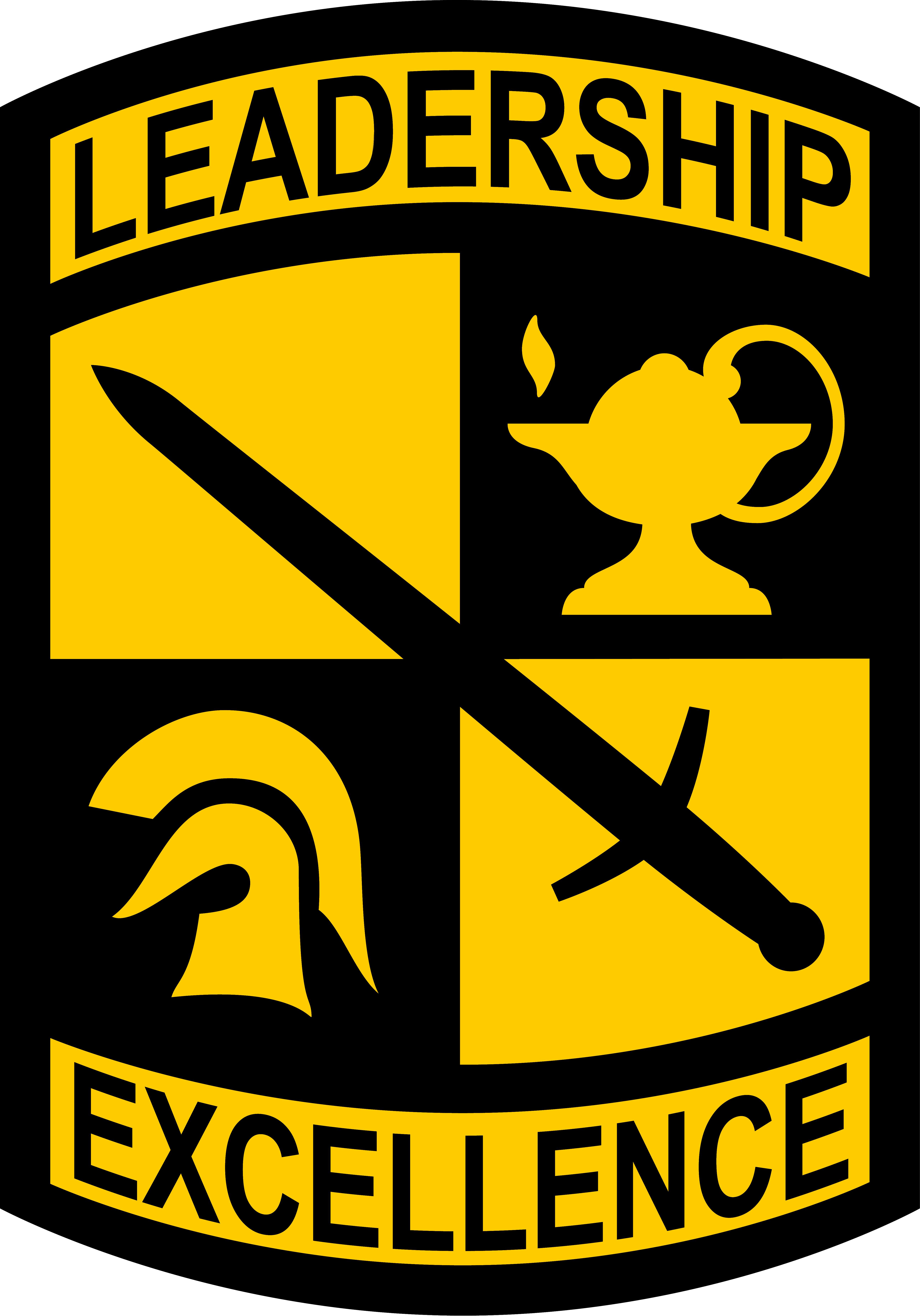FORT KNOX, KENTUCKY – Cadets from 1st Regiment, Advanced Camp entered the last stage of their Field Training Exercise (Grizzly) on June 26, 2024 at Fort Knox.
As Cadets go through the FTX, there are three levels that Cadets must complete in order to pass Cadet Summer Training. From Wolverine, Panther, to Grizzly, the level of difficulty increases. In the Grizzly stage, all Cadets are tasked with roles and must work together as a platoon to defeat the enemy.
These exercises are meant to train Cadets on how each role in a platoon is responsible for keeping the stability of platoons, by teamwork. Some of the roles given to Cadets can also prepare them for their future positions.
During the Movement-to-Contact task, Cadet Katherine Bochonok, from Christopher Newport University, was a squad leader with a mission to serve and protect her squad of Cadets.
Bochonok would say she felt excited for the end of FTX, processing how her role helped her learn more leadership skills.
“It’s important because it has put us all in positions that we’re not normally in,” said Bochonok. “It requires us to get outside of our comfort zone and to learn how to do something that most of us have never done before. Learning how to quickly and decisively make a decision is super important.”
Bochonok would go on to say that her family inspired her to join ROTC. Her brother, father, both uncles, aunt and extended family were all in the army. After ROTC, Bochonok wants to be an active aviation officer, inspired by her aunt.
“My brother, my dad and my uncles were all engineers in the army,” said Bochonok. “My dad was a Lt. Col. and my brother is currently on active duty right now. My cousin also just commissioned this past year with the infantry. My aunt, Cindy Armstrong, was an army aviator of Blackhawks and it’s now my goal to fly them as well.”
While Bochonok finds inspiration through her family’s military past, Cadet CJ Mullis, from Xavier University, has army experience of his own.
Through this training, Mullis shares his experience going through the first phase of Grizzly.
“It’s very challenging mentally and physically,” said Mullis. “Physically, carrying radios and the M240B’s up steep hills, and mentally, being away from family”.
Mullis, who worked for the Ohio National Guard, and wants to work for law enforcement as a military intelligence officer, was a radio operator for the platoon leader during the first mission in Grizzly. He noted how this role helped develop his leadership skills.
“It’s helping develop leadership through tactics by putting you in high stress scenarios to see how you would react,” said Mullis.
As Cadets venture through Grizzly they would be attacked by the enemy, pushing all Cadets to work together as a platoon, following orders given by platoon leaders to defeat their attackers on the battlefield.
After the first phase of Grizzly, Bochonok wished she had more active communication, as the first wave was chaotic.
“It’s easy to fall back while trying to get your head together, trying to figure out what to do,” said Bochonok. “Something I think would be important is taking in all of that feedback that you’re getting, ‘What do I need to do right now? What is my mission?’”
However she is still motivated to continue the rest of her training with endurance and mindfulness.
“The biggest thing that we’re supposed to do here is to learn; to make ourselves better leaders and better all of our basic Soldier skills,” said Bochonok. “Be confident, be ready to put your best foot forward, but be ready to make some mistakes and learn along the way.”




